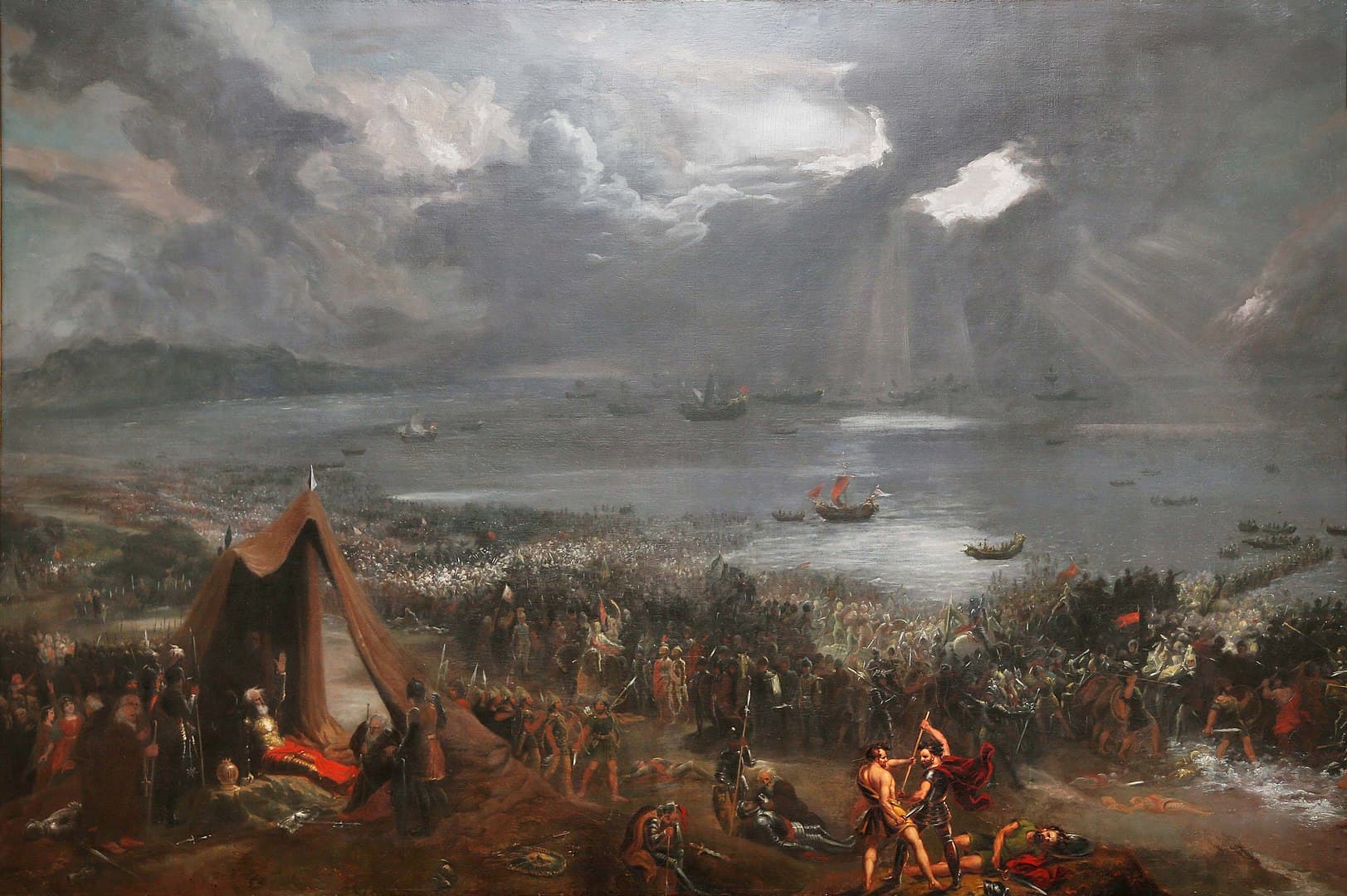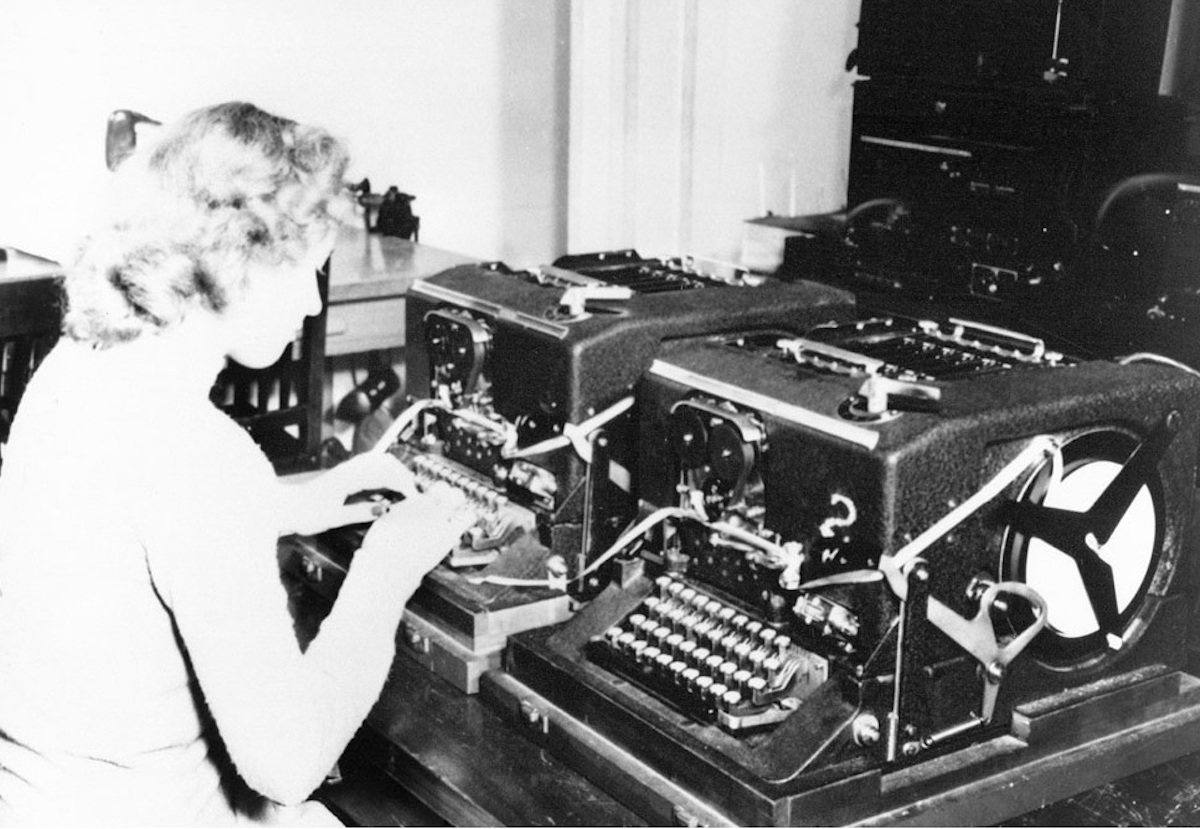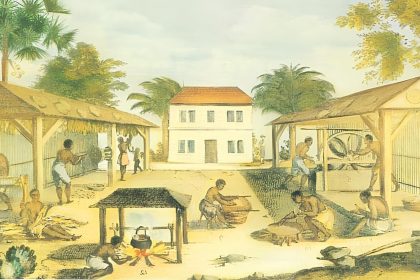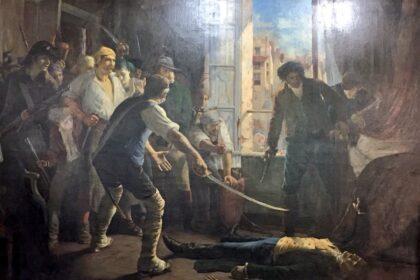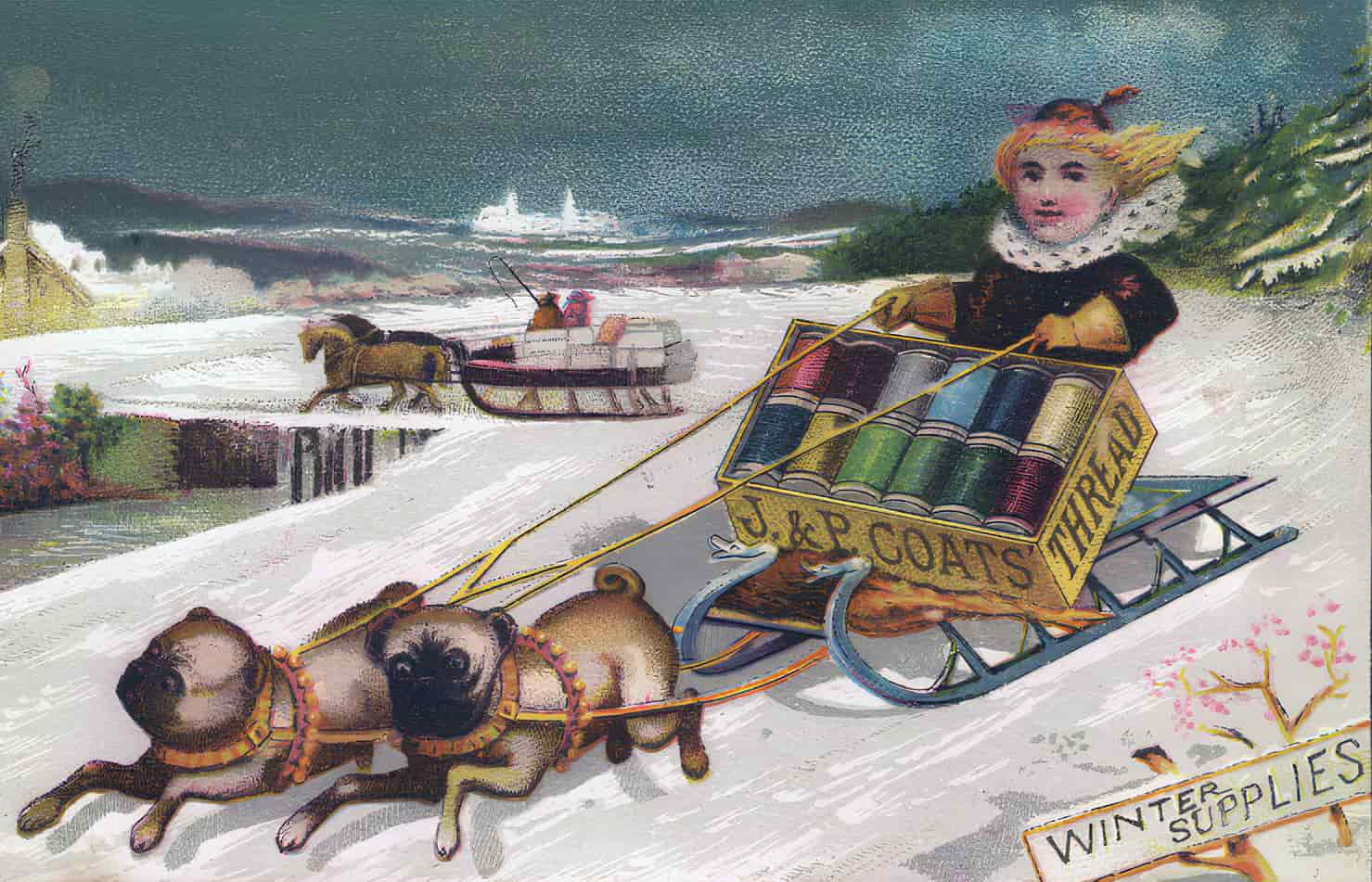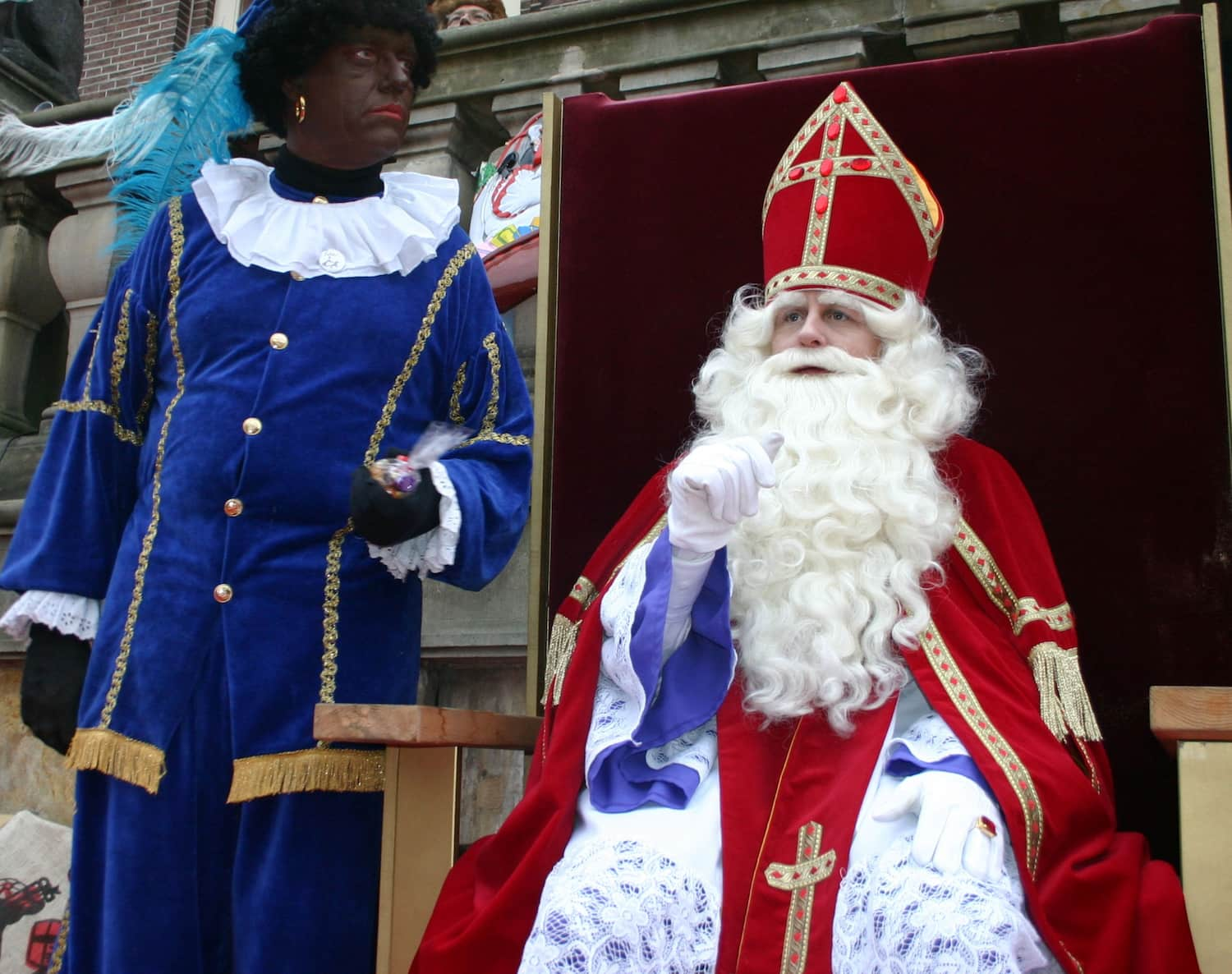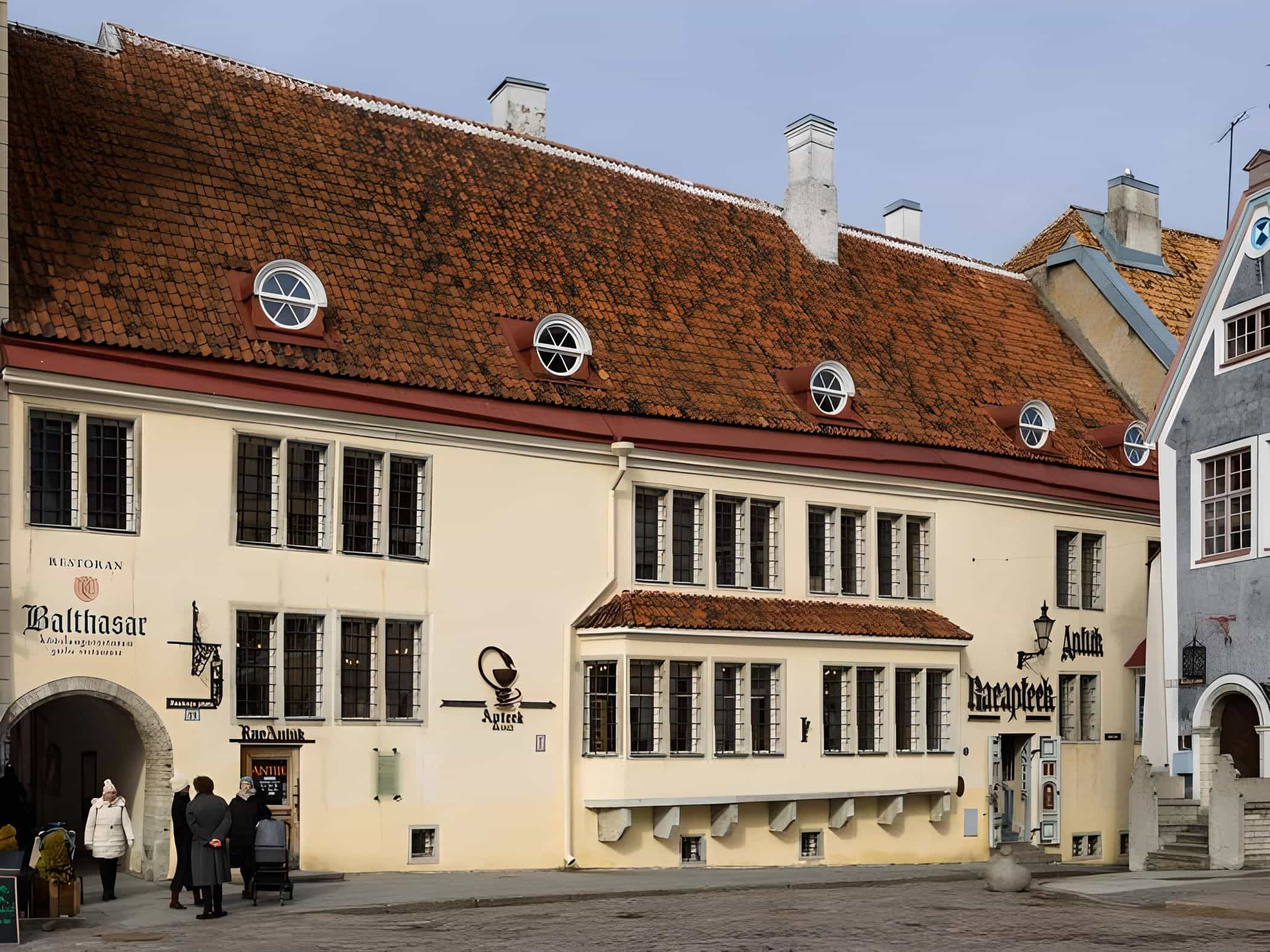On April 23, 1014, the Battle of Clontarf, near Dublin, pitted the armies of the Irish king Brian Boru against the forces of Leinster allied with the Vikings. It is commonly asserted that Brian Boru’s victory elevated him to national hero status, having expelled the Vikings from Ireland.
- Background to the Arrival of the Vikings
- Brian Boru’s Rise to High King of Ireland
- Battle of Clontarf: Separating Myth from Reality
- Conflict Between Vikings and Irish or Internal Rebellion?
- Is Brian Boru the National Hero Who Died Banishing the Vikings from Ireland?
- Consequences and Aftermath of the Battle of Clontarf
However, is this truly what transpired? Distinguishing between myth and reality is imperative. Over a millennium since this pivotal event in Irish history, it is prudent to revisit the circumstances surrounding the battle.
—>The Battle of Clontarf occurred near Dublin, specifically at Clontarf, which is now a suburb on the north side of the city.
Background to the Arrival of the Vikings
The Vikings, warriors from Scandinavia, initiated sporadic raids in Ireland from 795 to 835. They targeted monasteries, including the one in Iona, demanding payment for livestock. This led to the construction of round towers near monasteries to conceal relics.
Gradually, they established a presence in Ireland, founding a colony in 841 in what is now Dublin. They played a significant role in the creation of coastal cities such as Wexford, Cork, Limerick, and Waterford in 914. The Vikings’ mobility on their longships allowed them to navigate shallow waters.
In the second half of the 11th century, the raids decreased, marking what is referred to in the annals as the “forty years’ respite.” While recognized for their brutality, it must be acknowledged that the Vikings were excellent traders.
The coastal cities they established flourished due to successful craftsmanship and expanding trade, reaching not only inland but also the Insular Brittany and the continent. In the 9th and 10th centuries, livestock, initially used as a medium of exchange, was gradually replaced by silver ounces and then currency. The Vikings also served as missionaries to Irish kings, including Brian Boru.
Brian Boru’s Rise to High King of Ireland
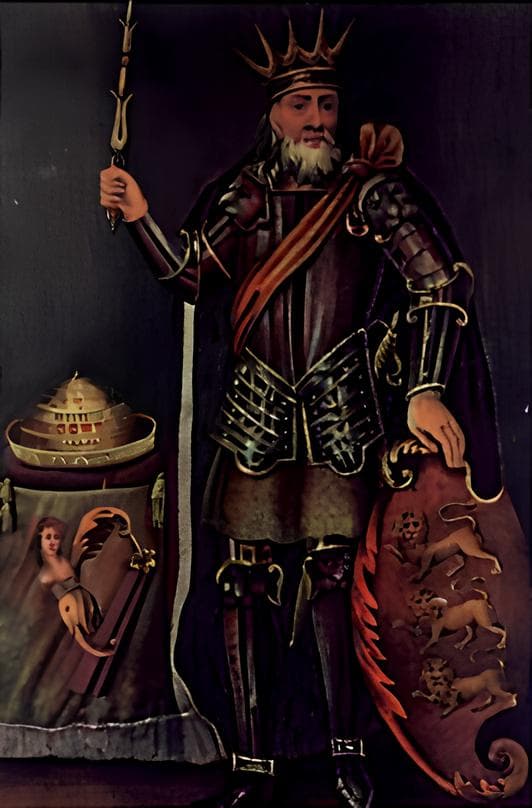
Brian Boru was born in 941 and was one of the 12 sons of Cennétig mac Lorcáin, the king of Tuadmumu in northern Munster. It’s important to note that Ireland was and still is divided into four provinces: Munster in the southwest, Leinster in the east, ruled by the O’Neill dynasty, Connacht in the west, and Ulster in the north.
Brian Boru gradually attempted to seize the surrounding regions. In 951, he proclaimed himself king of North Munster, and by 978, he became the king of the entire province after defeating the king of Cashel. Other significant dates leading to his ascent are noteworthy.
In 997, he shared Ireland with Mael Sechnaill II (O’Neill’s dynasty) and defeated the men of Leinster at Glenn Mama in 999, establishing himself as the high king of Ireland in 1002, recognized by Mael Sechnaill II. This marked the end of the six-century rule of the O’Neill dynasty.
Brian Boru’s strategy rested on several pillars. Male members of his family were tasked with administering sub-kingdoms and churches, while women were married to form alliances. Viking camps were also raided to amass wealth for hiring mercenaries (Vikings).
Despite obtaining the title of high king, Brian Boru continued to assert his authority to secure the allegiance of provincial kings. In 1006, he raised an army to subdue the North King, Flaithbertach Ua Néill, who subsequently married one of his daughters. Then, in 1011, he made the King of Cenél Conaill in Donegal his vassal. The year 1011 marked his zenith. Rebellions in Dublin and Leinster drew Brian’s attention in 1013 and culminated in the decisive Battle of Clontarf on April 23, 1014.
Battle of Clontarf: Separating Myth from Reality
The highly bloody battle took place on April 23, 1014, in old Clontarf. It is more likely to have lasted one day rather than several. Geologist Samuel Haughton, who studied the event, concluded that it occurred betweean 5:30 AM and 5:55 PM based on high tide schedules.
The battle is said to have involved a total of 5000 individuals: Brian Boru’s forces against the armies led by the King of Leinster, Maél Mordha, the Viking King Sitric Silkenbeard of Dublin, and Vikings from the Orkney Islands. The victory went to Boru’s men, who drove their enemies away before the tide receded.
Conflict Between Vikings and Irish or Internal Rebellion?
The popular belief of a straightforward conflict between Vikings and the Irish needs to be nuanced, as there was a mixture of Vikings and Irish on both sides. Contrary to the perception of Vikings as adversaries, they were often employed as mercenaries by the Irish kings in their quest for power.
In Ireland, with its numerous kings, Brian Boru held the high title during that era. In April 1014, warriors fighting for Brian Boru reportedly included Scandinavians from Limerick and Waterford. The Vikings of Waterford helped Brian Boru conquer the kingdom of Osraige in 980, so this wasn’t the first time he had asked for their assistance.
Brian Boru, as explained by the Irish specialist Pierre Joannon in his work “Histoire de l’Irlande et des Irlandais,” is not the nationalist hero often depicted. Joannon states, “He had nothing of the saint in stained glass that nationalist historians wanted to see in him,” adding that Brian was not attempting to cast the Vikings into the sea; his goal was to attain supreme power.
Some Irish historians argue that the Battle of Clontarf had nothing to do with “Brian sacrificing himself to defend Ireland against a Scandinavian assault” or with the “liberation of Ireland.” These perspectives were put forth by John Ryan in his 1938 essay “The Battle of Clontarf” and Jack Burtchaell, a historian and guide in Waterford. They contend that Brian’s objective was to quell a rebellion.
However, in his 2014 publication “Brian Boru and the Battle of Clontarf,” the Irish historian Seán Duffy provides a different viewpoint. Duffy emphasizes that the conflict arose from the ambition of the Scandinavian king of Dublin, Sitriuc Silkenbeard, who, after his defeat in 999, was determined to reclaim the city. According to Duffy, Brian’s primary adversaries were the Vikings.
Is Brian Boru the National Hero Who Died Banishing the Vikings from Ireland?
It is highly likely that Boru did not engage in the battle. Two reasons could explain this: he was 73 years old and preferred to contemplate Good Friday, April 23, 1014. It is said that he was killed after the battle in his tent by the Viking Bródir while he was in prayer.
His other Viking rival, Sitriuc, did not partake in the combat either. He remained within the city of Dublin to prevent its capture. After the battle, he continued to rule Dublin until 1036. In general, the Vikings persisted in living in Ireland, engaging in trade, and intermarrying with the Irish.
Consequences and Aftermath of the Battle of Clontarf
The descendants of Brian Boru, the O’Briens, never managed to replicate the same pattern of centralization of power in the face of regional dynasties that regained their strength. Upon Brian Boru’s death, Mael Sechnaill reclaimed the throne he had lost in 1002 and became the High King of Ireland once again until 1022.
—>While the Battle of Clontarf weakened Viking influence in Ireland, it did not mark the immediate end of their presence. Vikings continued to have a presence in Ireland for some time, but the battle is often seen as a turning point in the gradual decline of their power in the region.
The last Viking king was expelled from Dublin in 1052 by the King of Leinster. Perhaps it is this date that should be emphasized more in terms of the weakening of Scandinavian power, as explained by Pierre Joannon: “Anyone aspiring to become the king of all Ireland must control Dublin.”


